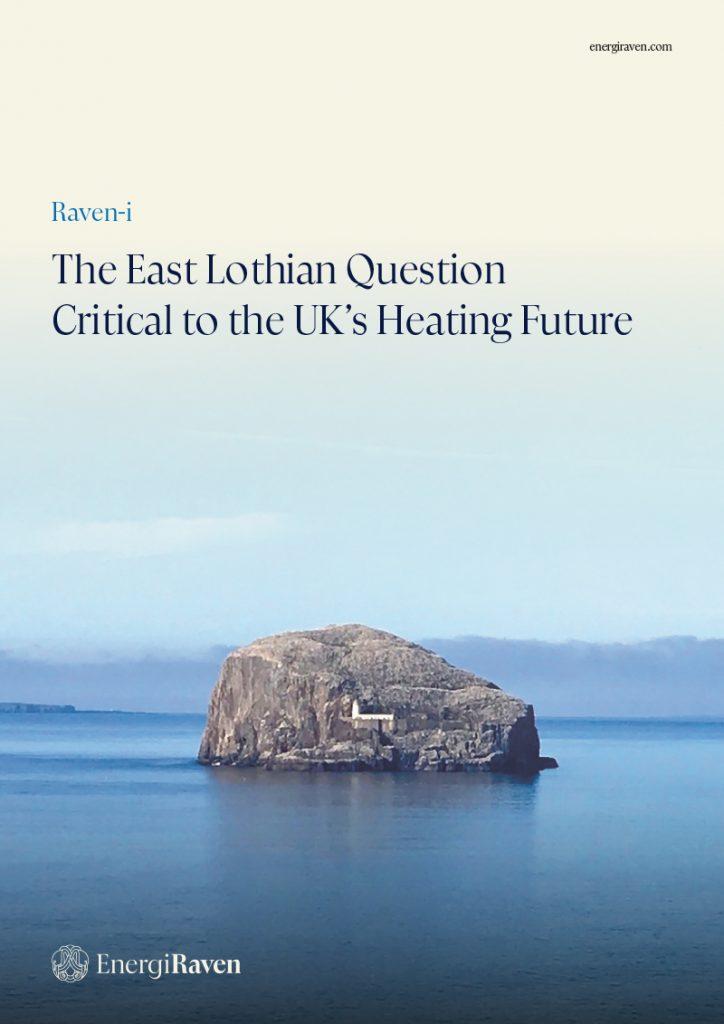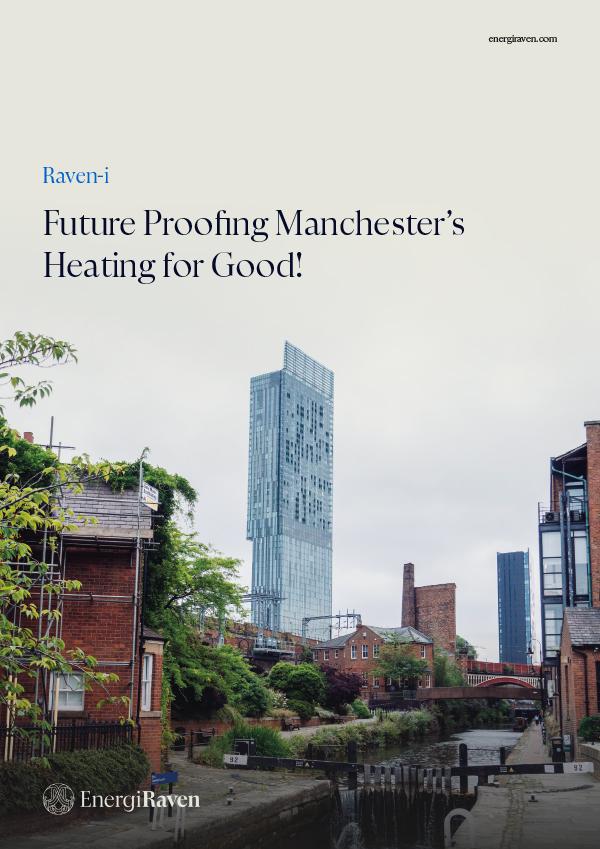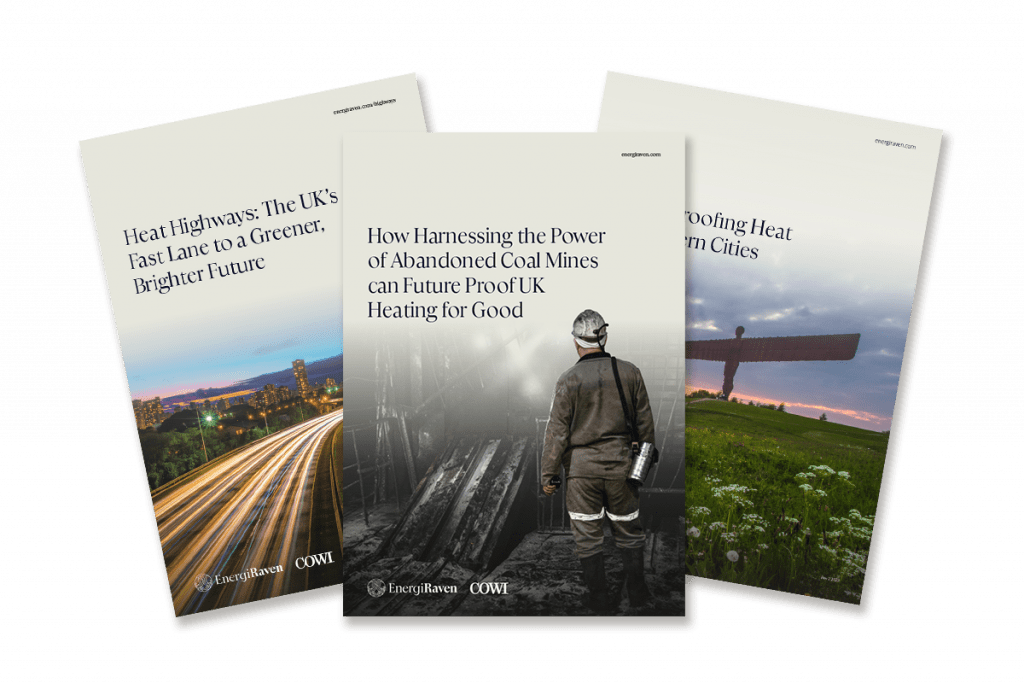Heat Highways
Roadmap to Energy, Security & Net Zero
In the age of abundance, we’ve forgotten the old mantra of ‘waste not, want not’. If we desperately need clean, low-cost energy – why do we squander so much of what we already produce? Building solar parks and offshore wind farms might be exciting, but there’s a far more practical solution right under our noses: waste heat.
Data centres, power stations, supermarkets, and factories are just a few industries generating incredible amounts of excess heat that currently disappears into the ether. Using existing technologies, the UK’s 17,000 heat networks could form a ‘green heat grid’ that captures waste heat via inter-city heat highways. By transporting low-cost, zero-carbon heat from points of surplus to where it’s needed most, we have a remarkable opportunity to make fuel poverty a thing of the past.
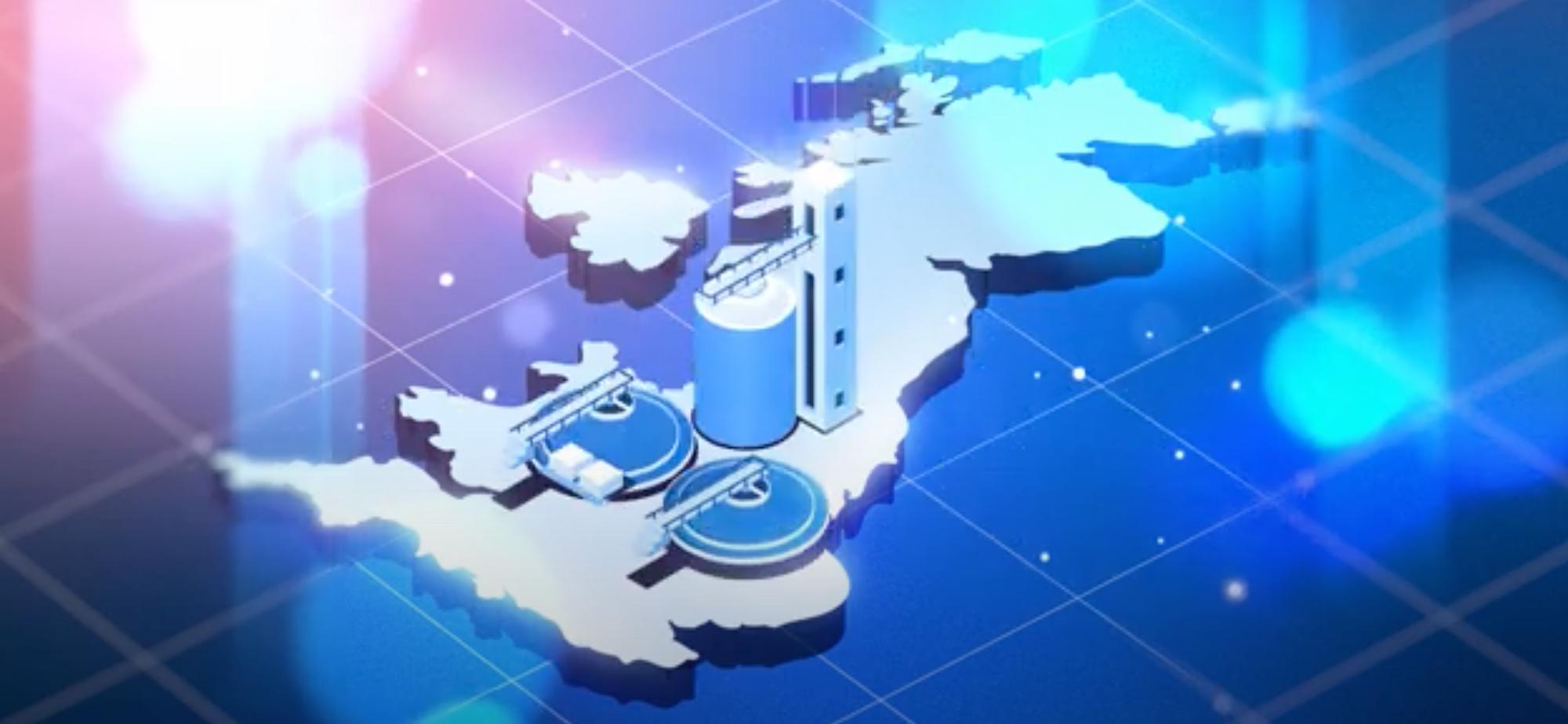
Heat Transmission Highways
What is the most efficient method for storing renewable electricity?
During times of surplus or “waste” electricity production excess renewable energy can be stored efficiently as thermal energy in for example large pit storage facilities, abandoned quarries or mines.
Stored for days, weeks or even months at a time this heated water can be dispatched and distributed more widely using Heat Transmission Highways to supply surrounding regions with clean and affordable home heating.
Excess Electricity to Thermal Storage
Videos

Eradicating Energy Waste with Heat Highways
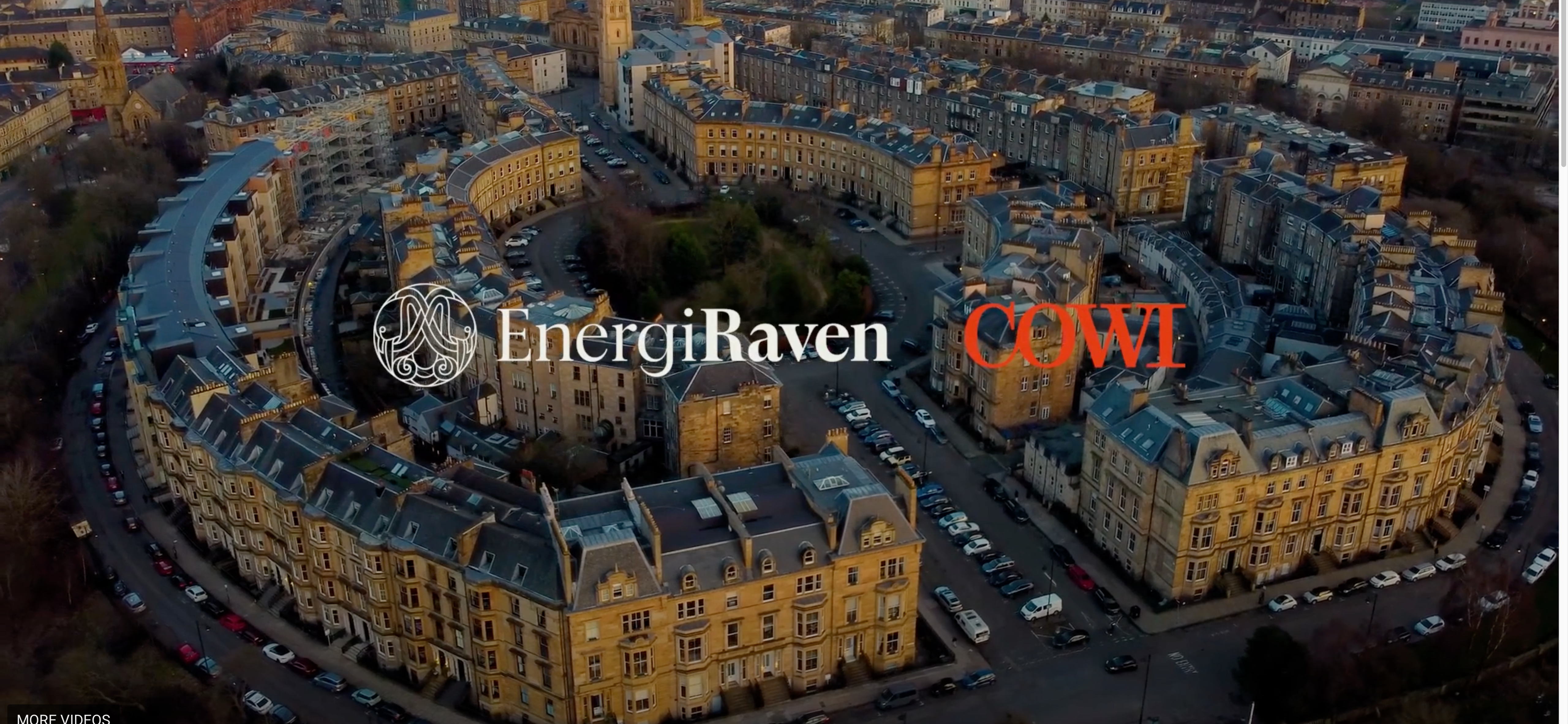
Future Proofing Heat for Good

Future-proofing Heat for a Greener Future
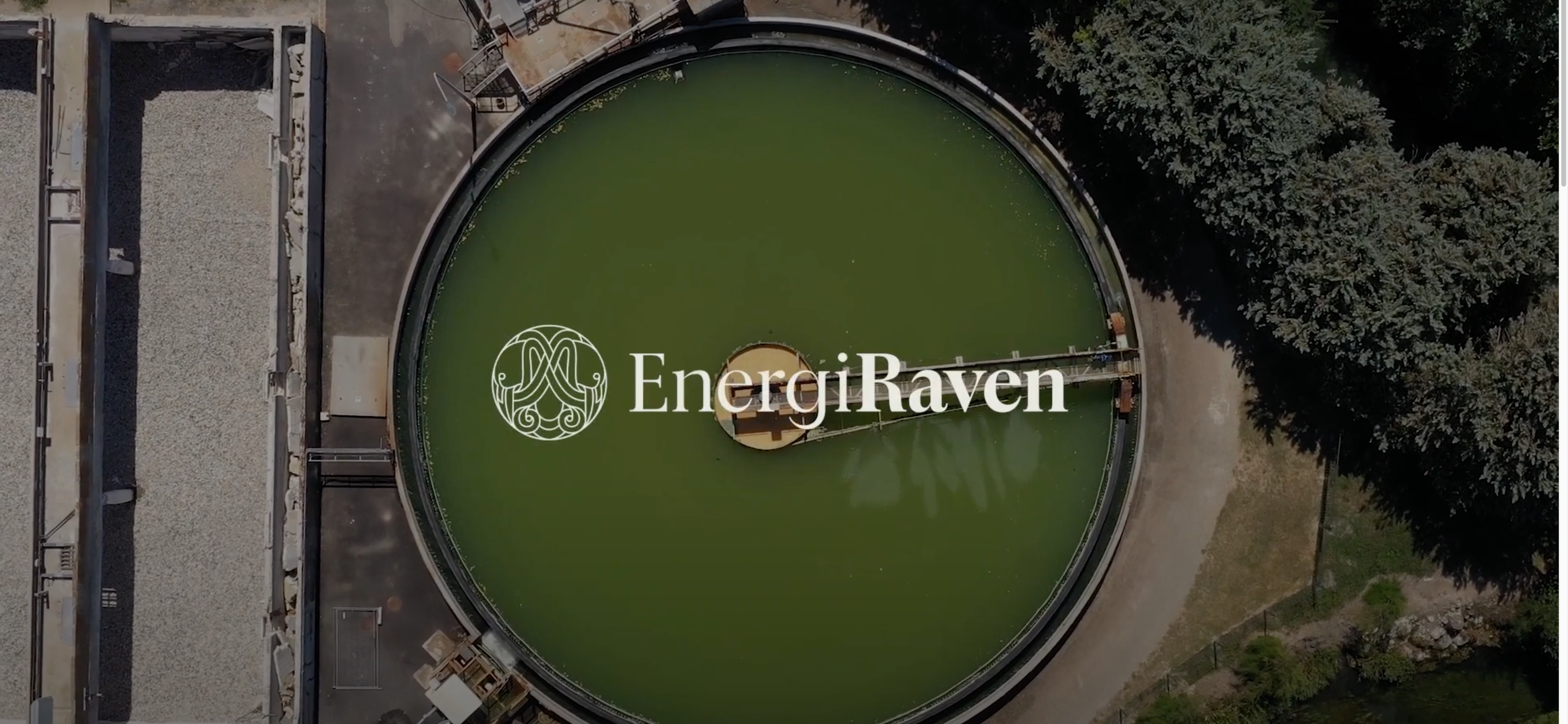
Heat Highways & Green Grids

Cost Effectively Decarbonising our Cities
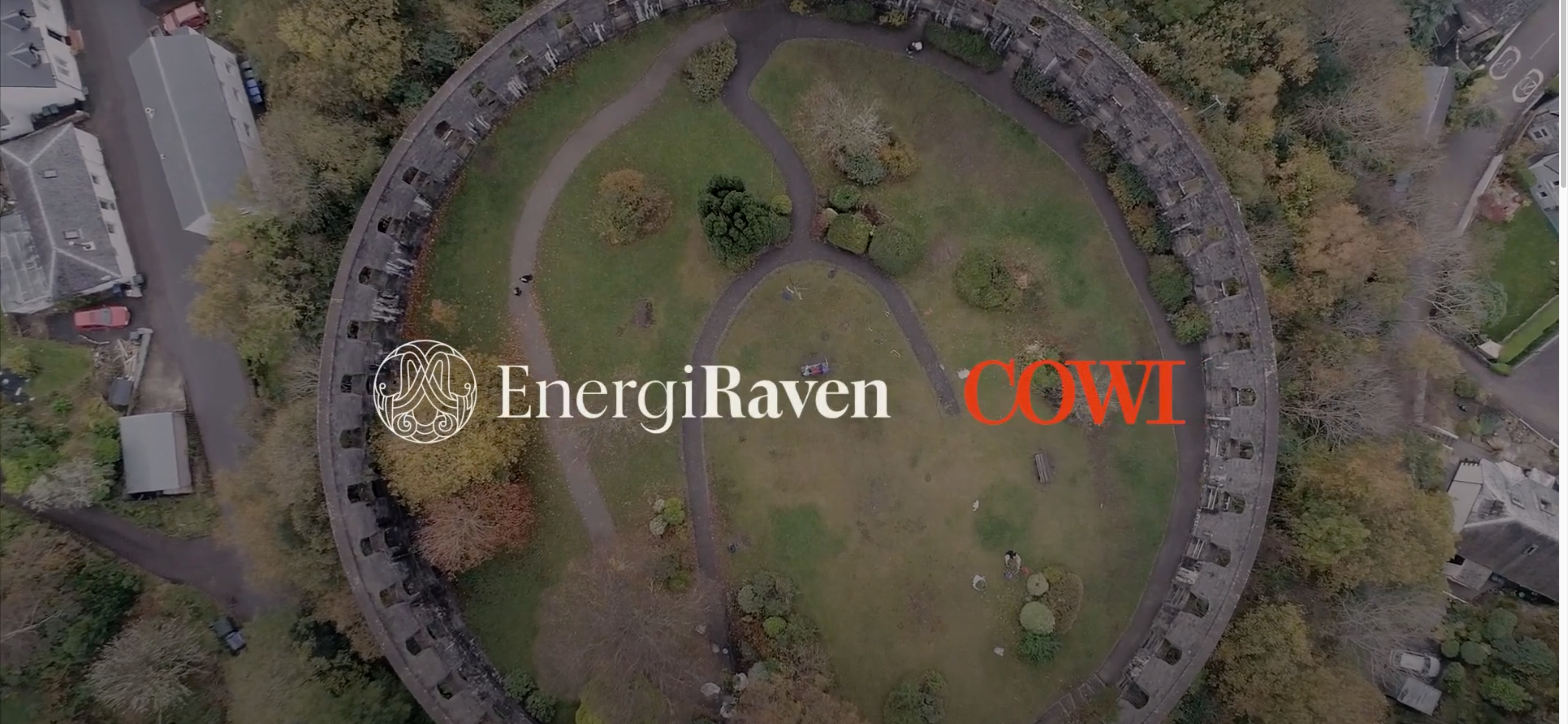
Future Proofing Heat from our Coal Mines
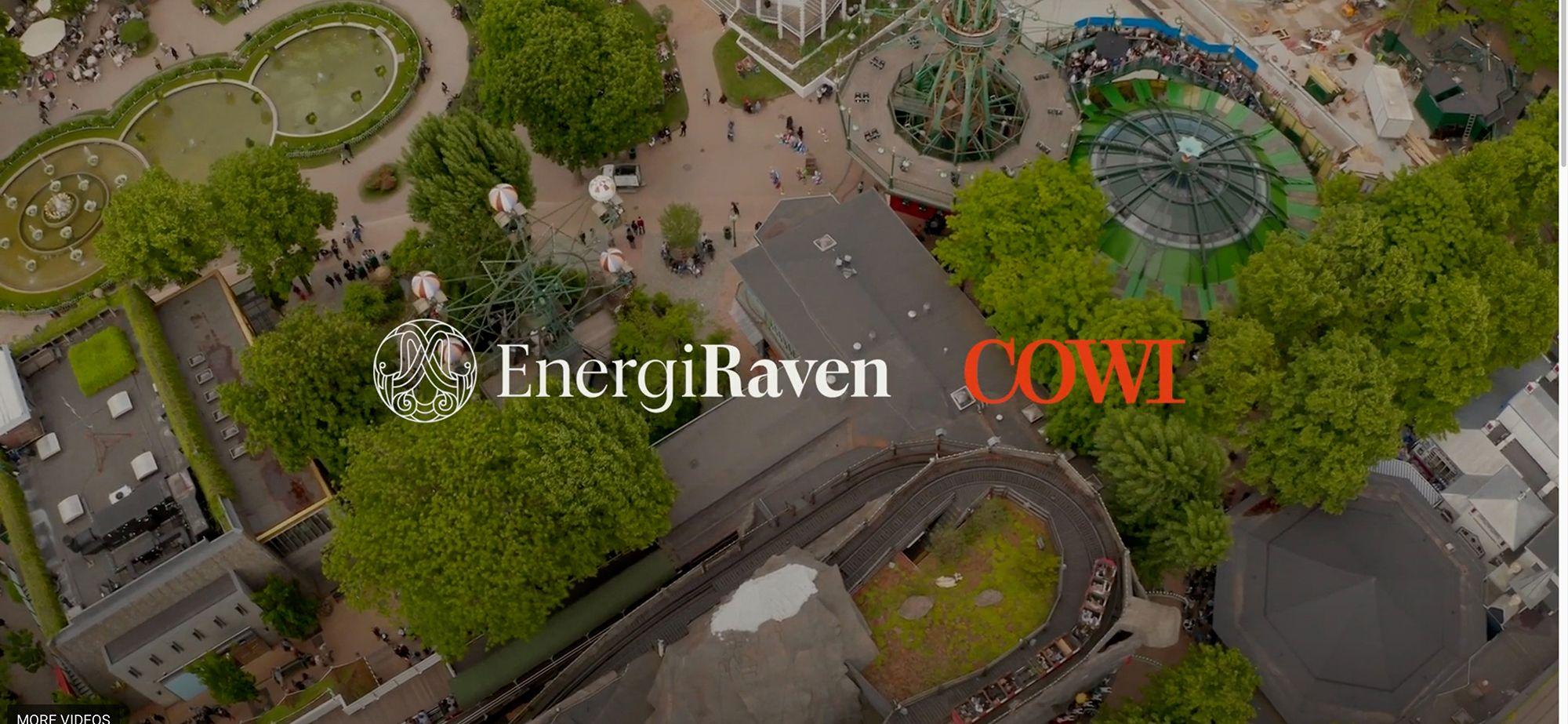
City Cooling Grids
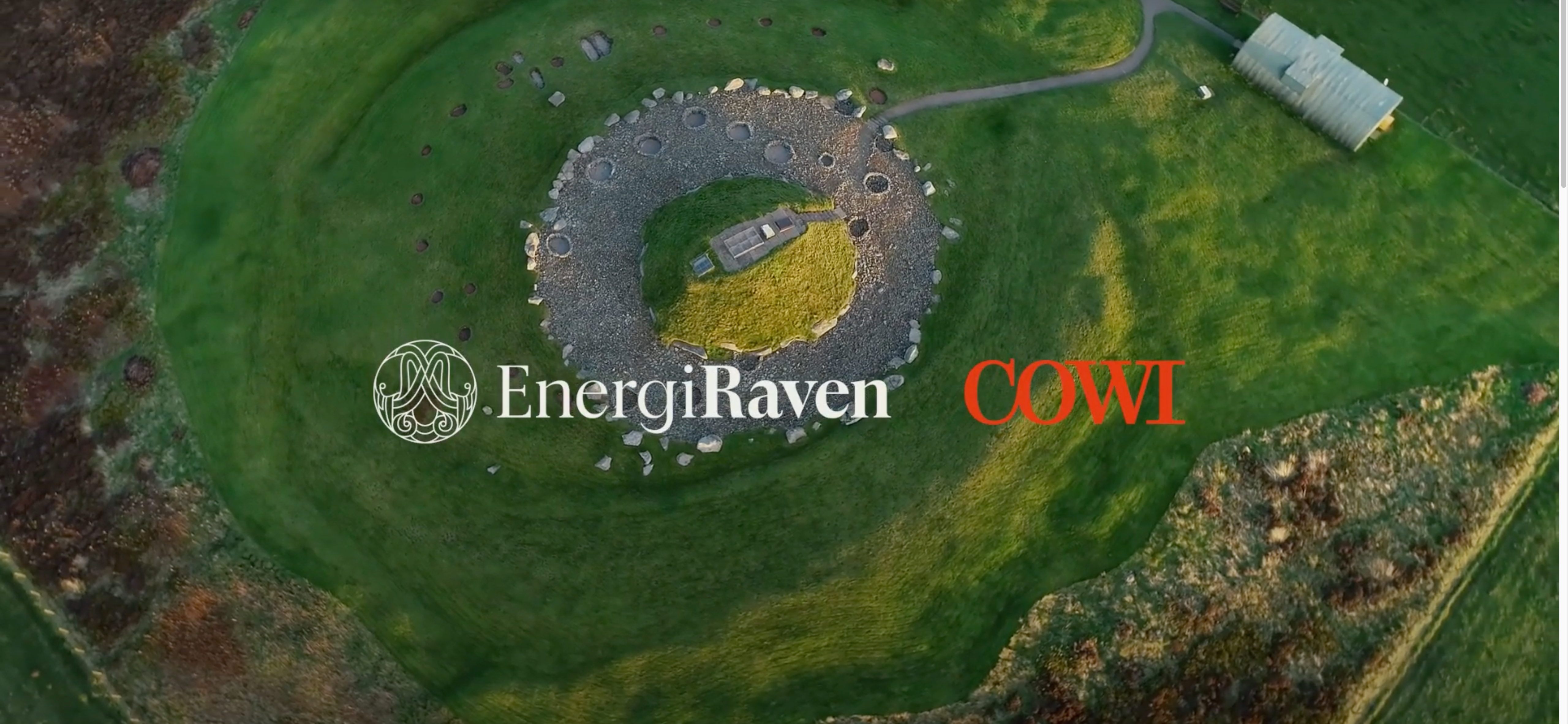
Heat Highways: Scotland’s Fast Lane
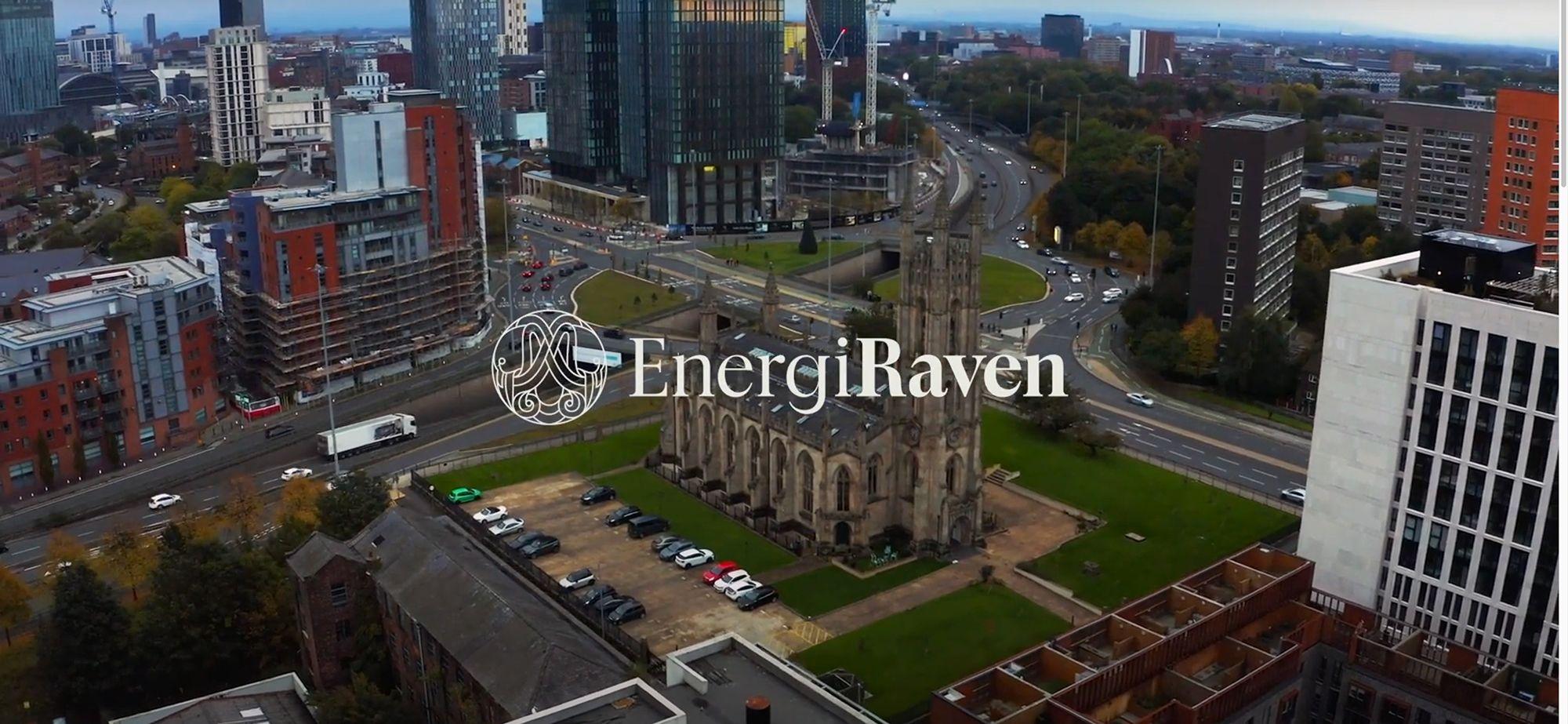
Future Proofing Heat for Mancunians
The East Lothian Question
Scotland’s East Lothian District epitomises the UK’s struggle to secure clean, affordable heating. But by scaling our ambitions and learning from Denmark’s use of waste heat, we can embed sustainability into the fabric of our urban planning.
Can Scotland achieve Net Zero while dumping waste heat to atmosphere?
Future Proofing Manchester's Heating for Good!
Fuel poverty is at crisis levels and there’s a Net Zero target hurtling towards us. So why don’t we tap into the abundant, low-cost, zero carbon, waste heat we currently generate?
With the right mindset, Net Zero isn’t some insurmountable challenge; it’s an opportunity to make the North the UK’s green powerhouse.






